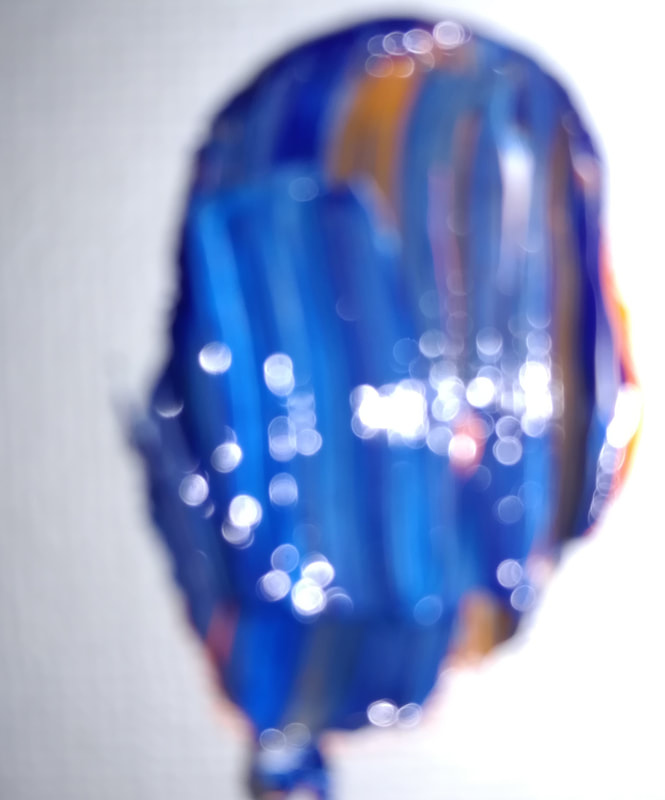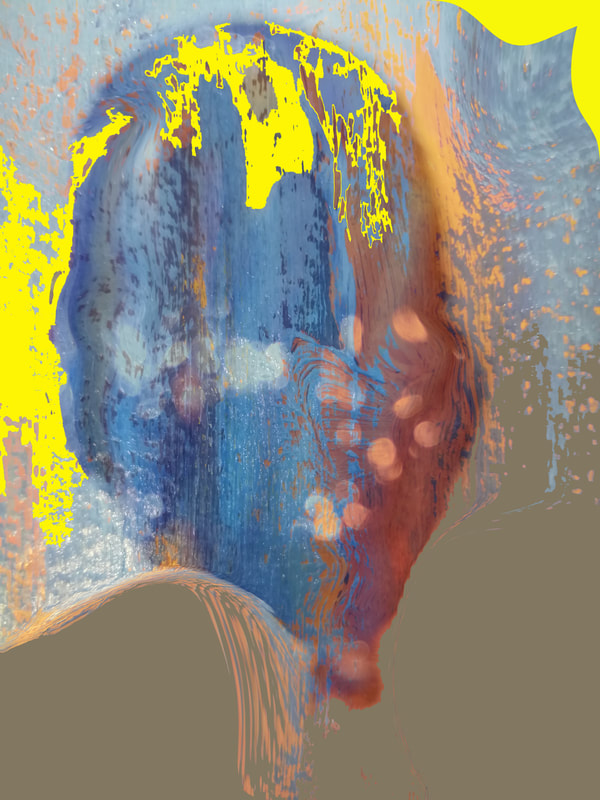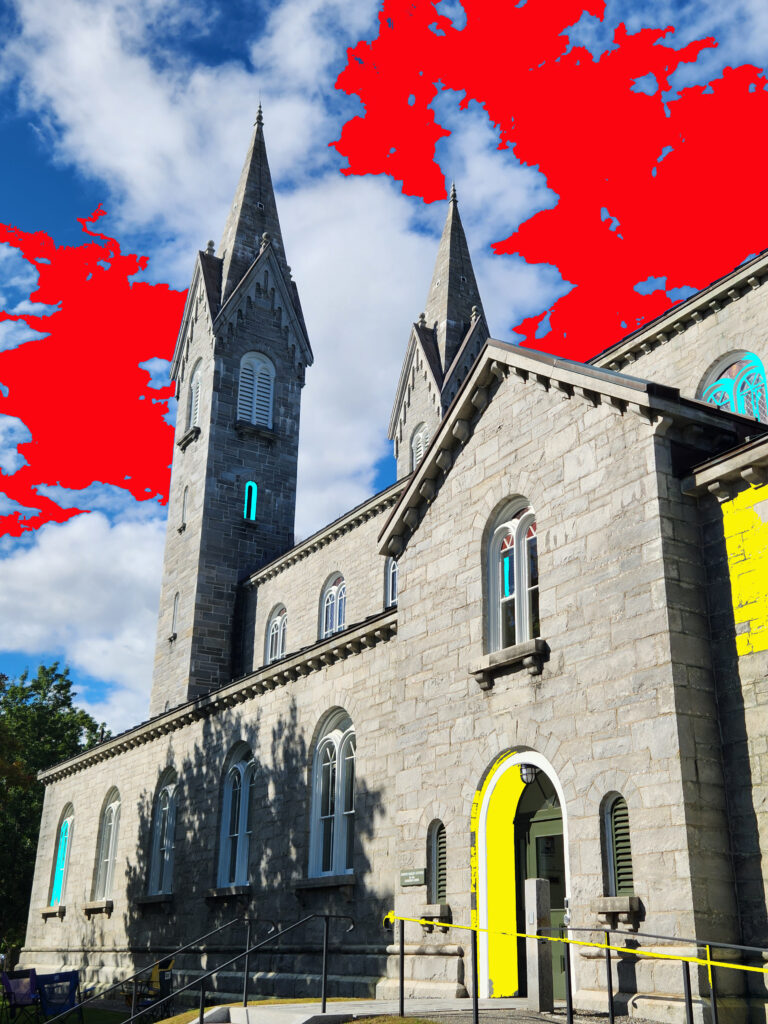Before he wrote The Wealth of Nations, in his book The Theory of Moral Sentiments, Adam Smith pontificated something extreme with regards to charity. He roughly stated that we don’t know the difference between making ourselves feel good and “doing it for God” when being charitable towards other humans. This got him into some trouble with the church. It was only a little trouble because he had sprinkled in enough references to “God” to keep him safe. Smith had learned from his friend David Hume’s failures. Hume didn’t lie, and society severely punished him both academically and socially. Adam Smith very likely did lie about his beliefs and he became the most famous economist in history. To Smith, the truth would go nowhere without some fabrication. It was the lie that allowed his true beliefs to actually make it to the market. Truth and lies are contextual.

It’s About Surviving
Smith’s idea, however, has struck me in a different way than maybe he intended. This notion that we do charity because it makes us feel better inherently means, to me, that we cannot disprove that we do everything to make us feel a certain way. If that’s true, then there must be a guide that controls everything from rational thought to emotional actions to physical reactions. Specifically, I’m talking about our brain’s ability to understand how to survive. If we don’t do charity to help people but instead to make ourselves feel better, then that means the brain knows how to make decisions that are likely to keep us alive. I think we can all agree that emotional health is as important as physical health. We are nothing but cells trying to multiply.

I believe we do everything to survive. We don’t always get it right, but we should at least understand that every action we take has a bias toward that end. We tell the truth in order to survive, and we tell a lie to do the same. None of that matters without understanding that we do all of it as a means to an end. Every motivation is biased and should be understood as such.

All Information is Biased
This ultimately means that all information is biased. This includes everything from a finger’s subconscious twitch to the telling of a story and every action in between and beyond. Everything we communicate has a bias behind it, whether we realize it or not. Our subconscious even affects our calculated decisions.
We can argue truths and lies all we want. There is always a bias behind whatever it is we believe. It’s why we jump into conversation bubbles with people who share our ideas. It’s why we live where we live, eat what we eat, and preach what we preach.
In a time when we stand on our soapboxes and declare ourselves right, I’m reminded of Isaiah Berlin’s Two Concepts of Liberty. Roughly speaking, we can choose to do whatever we want or we can choose to not have something done to us. We can choose to talk or we can choose to not be spoken to, but we can’t have both. Neither concept can exist with the other. Therefore, it’s less important to be right and to tell the truth than it is to understand what is being said, where it is coming from, and who it is meant to benefit. Bias isn’t inherently devious, but it is inherent in all human beings.

My project Re-directing the Message focuses on how the communicator blurs information to his or her benefit. I manipulated images to appear differently than what they originally were. Sometimes this is symbolic, such as with Blur #3, at the top. That is a mere representation of the overall argument. However, when you take into account that Manipulation #5 – Self-Portrait is the exact same original object as in Blur #3, it becomes clear that I have manipulated the message to suit my own point. Truth and lies are constructs of our beliefs. Context matters. If we thought about this a little more, maybe we’d be less divisive.